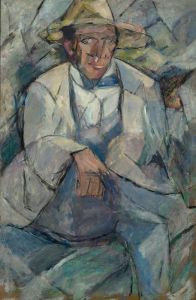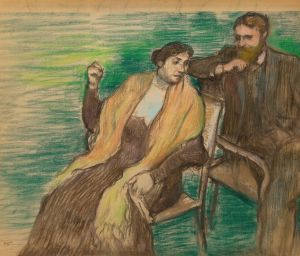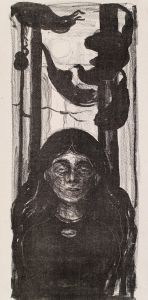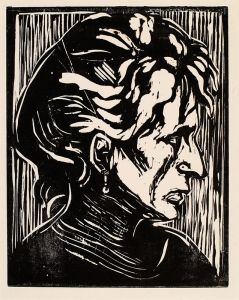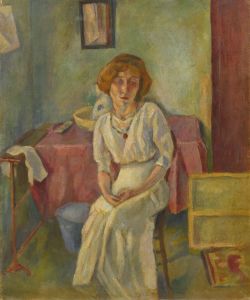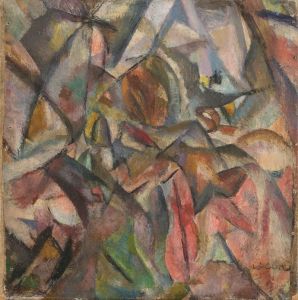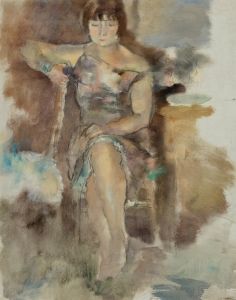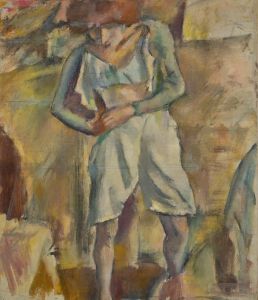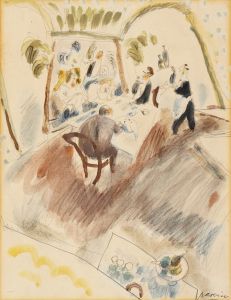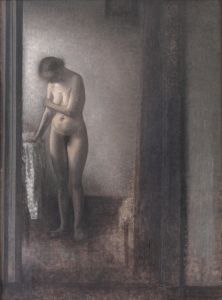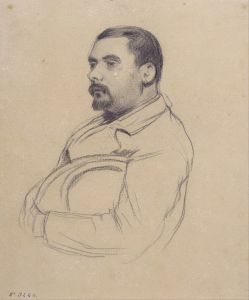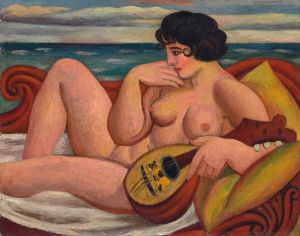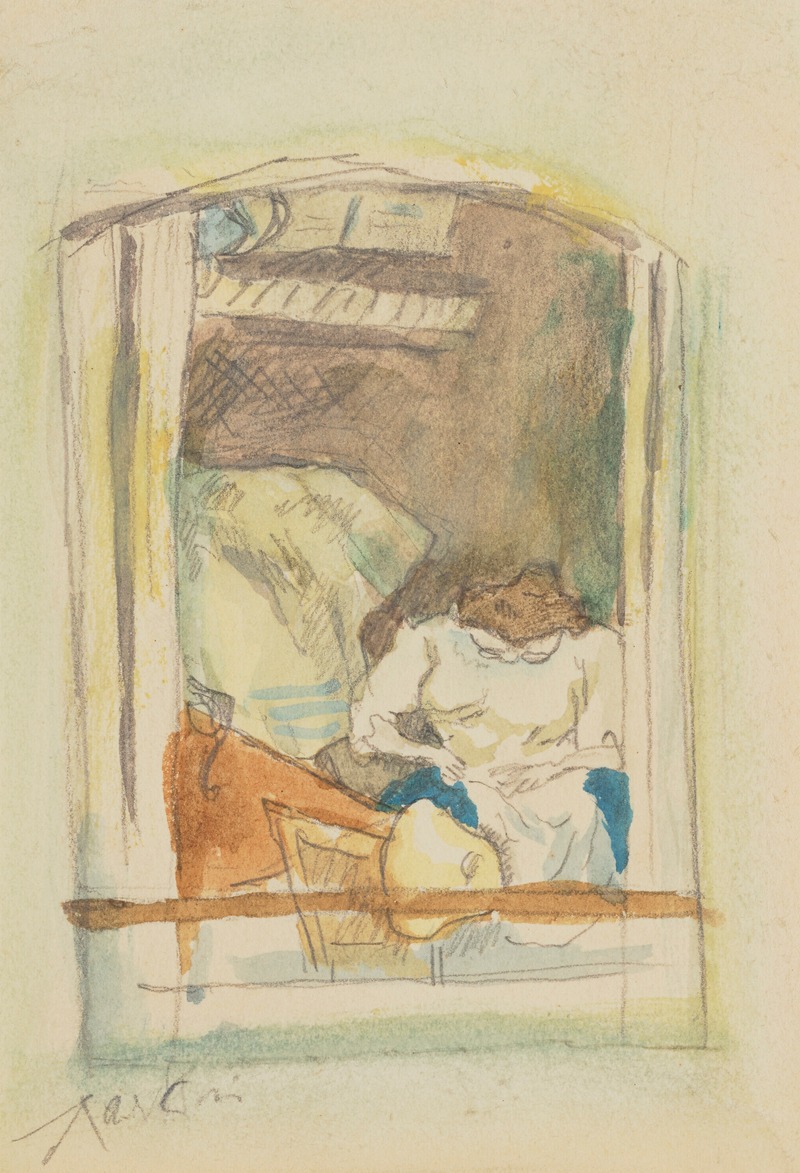
À la fenêtre
A hand-painted replica of Jules Pascin’s masterpiece À la fenêtre, meticulously crafted by professional artists to capture the true essence of the original. Each piece is created with museum-quality canvas and rare mineral pigments, carefully painted by experienced artists with delicate brushstrokes and rich, layered colors to perfectly recreate the texture of the original artwork. Unlike machine-printed reproductions, this hand-painted version brings the painting to life, infused with the artist’s emotions and skill in every stroke. Whether for personal collection or home decoration, it instantly elevates the artistic atmosphere of any space.
Jules Pascin, a Bulgarian-born artist of Sephardic Jewish descent, is widely recognized for his contributions to early 20th-century modern art. Known as the "Prince of Montparnasse," Pascin was a prominent figure in the Parisian art scene during the interwar period. His works often depicted intimate, melancholic, and sometimes provocative scenes, reflecting his personal struggles and the bohemian lifestyle he embraced.
One of his notable works, À la fenêtre (translated as "At the Window"), exemplifies Pascin's characteristic style and thematic focus. Painted in the early 20th century, the artwork portrays a figure, often interpreted as a woman, positioned near or gazing out of a window. The composition reflects Pascin's interest in capturing quiet, introspective moments, often imbued with a sense of longing or solitude. The window motif, a recurring element in art history, serves as a metaphorical boundary between the interior and exterior worlds, emphasizing themes of isolation, reflection, and the passage of time.
Pascin's technique in À la fenêtre demonstrates his mastery of line and color. His use of soft, fluid brushstrokes and muted tones creates an intimate atmosphere, drawing the viewer into the subject's contemplative state. The painting also showcases Pascin's ability to blend elements of Impressionism and Expressionism, resulting in a style that is uniquely his own. While his works often featured a loose, almost sketch-like quality, they conveyed a deep emotional resonance, reflecting his sensitivity as an artist.
The exact date of À la fenêtre's creation is not well-documented, but it is consistent with Pascin's broader body of work during his time in Paris. This period was marked by his exploration of themes related to human vulnerability and the complexities of interpersonal relationships. As with many of his paintings, À la fenêtre likely draws from Pascin's personal experiences and observations, though he often avoided overtly autobiographical interpretations of his art.
Jules Pascin's life was tragically cut short when he died by suicide in 1930 at the age of 45. Despite his relatively brief career, his works have left a lasting impact on the art world, and he is remembered as a key figure in the École de Paris. À la fenêtre remains an example of his ability to capture the subtleties of human emotion and the quiet beauty of everyday moments.
Further details about the current location or ownership of À la fenêtre are not readily available, as many of Pascin's works are held in private collections or museums around the world.





